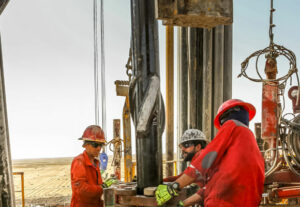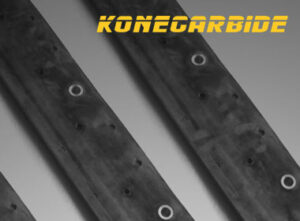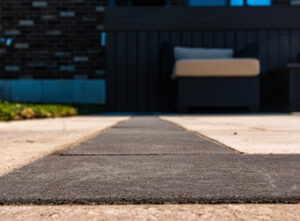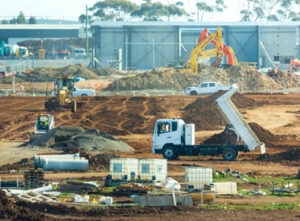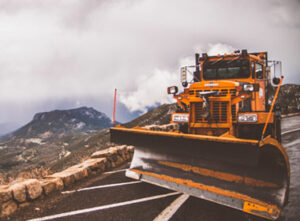Underground mining and surface mining are both about extracting ore. However, underground mining is to extract materials under the surface, thus being more dangerous and costly. Only when there is high-quality ore in thin veins or rich deposits, underground mining is used. Mining quality ore can cover the costs of underground mining. Besides, underground mining can also be used to excavate underwater. Today, we’re going to dive into this topic and learn about the definition, methods, and equipment of underground mining.
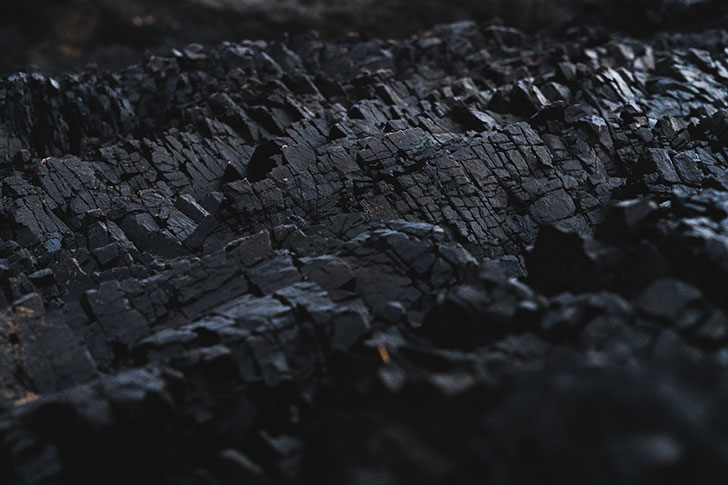
What Is Underground Mining?
Underground mining means varied mining techniques used underground to excavate minerals, such as coal, gold, copper, diamond, iron, etc. Because of consumer demand, underground mining operations are very common activities. It is applied in different industries, such as coal mining, gold mining, petroleum exploration, iron mining, and many others.
Since underground mining operations are related to the projects underground, it is of crucial importance for us to understand the potential dangers. Luckily, with the development of mining techniques, underground mining is becoming safer and simpler. Many of the jobs can be done on the surface, improving safety.
Mining Methods
There are several basic mining methods and techniques for different types of deposits. Generally, longwall and room-and-pillar are used in flat-lying deposits. Cut-and-fill, sublevel carving, blasthole stoping, and shrinkage stoping are for steeply dipping deposits.
- Longwall Mining
Longwall mining is an exceptionally efficient mining method. First of all, the ore body is divided into several blocks with some drifts for ore transport, ventilation, and block connection. The crosscut drift is the longwall. To ensure safe operation, movable hydraulic supports are built into the cutting machine, providing a safe canopy. As the cutting machine cuts the ore from the longwall face, a continuously moving armored conveyor transports slices of the ore to the drifts, and then the slices are transferred out of the mine. The above process is mainly for soft rocks, such as coal, salt, etc. For hard rocks, such as gold, we cut them by drilling and blasting.
- Room-and-pillar Mining
Room-and-pillar is the most frequently used mining method, especially for coal mining. It costs relatively less than longwall mining. In this mining system, the coal seam is mined in a checkerboard pattern, leaving pillars of coal to support the tunnel roof. The holes, or rooms with a size of 20 to 30 feet, are mined out by a machine called a continuous miner. After the whole deposit is covered with rooms and pillars, the continuous miner will gradually drill and remove the pillars as the project proceeds.
- Cut-and-fill Mining
Cut-and-fill is one of the most flexible techniques for underground mining. It is ideal for relatively narrow ore deposits, or steeply dipping high-grade deposits with the weak host rock. Usually, mining starts from the bottom of the ore block and proceeds upward. During the mining process, a miner drills through and excavates the ore first. Then, before the void behind is backfilled with waste material, we need rock bolts to act as roof support. Backfill can be used as a working platform for the next level of excavation.
- Blasthole stoping
The blasthole stoping can be applied when the ore and rock are strong, and the deposit is steep (greater than 55%). A drift that is driven along the bottom of the mineral body is extended into a trough. Then, excavate a rise at the end of the trough to the drilling level. The rise will then be blasted into a vertical slot, which should be extended across the width of the mineral body. At the drilling level, several long blastholes are created with a size of 4 to 6 inches in diameter. Then comes the blasting, starting from the slot. Mining trucks move back down the drilling drift and blast the ore slices, forming a large room.
- Sublevel caving
Sublevel refers to a level intermediate between the two main levels. The sublevel caving mining method is ideal for large ore bodies with a steep dip and a rock body where the host rock in the hanging wall will break under controlled conditions. So, the equipment is always placed on the footwall side. Mining begins at the top of the ore body and progresses downwards. This is a very productive mining method because all of the ore is broken into small pieces by blasting. The host rock in the hanging wall of the ore body caves. Once the production drifts have been driven and enhanced, the opening raise and long hole drilling in fan patterns are finished. It is important to minimize hole deviation when drilling because it will affect both the fragmentation of the blasted ore and the flow of the caving rock body. Rock is loaded from the cave front after each blasted ring. To control the dilution of waste rock in the cave, loading a predetermined extraction percentage of rock is done. Keeping the roads maintained in a good condition is of vital importance when loading from the cave front.
- Shrinkage stoping
Shrinkage stoping is another mining method ideal for steep dipping. It starts from the bottom and progresses upwards. On the ceiling of the stope, there is a slice of complete ore where we drill blastholes. 30% to 40% of the broken ore is taken from the bottom of the stope. When the slice of ore on the ceiling is blasted, the ore from the bottom is replaced. Once all the ore is removed from the stope, we can backfill the stope.
Underground Mining Equipment
Equipment plays an important role in underground mining. There are several types of equipment that are frequently used in underground mining, including heavy-duty miners, large mining dozers, excavators, electric rope shovels, motor graders, wheel tractor scrapers, and loaders.
KoneCarbide manufactures top-quality coal mining bits used on mining machines. If you have any requests, please feel free to contact us for further information.

